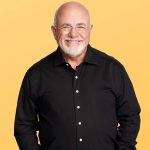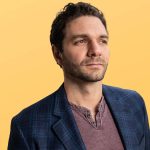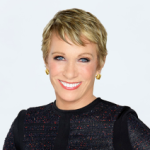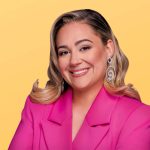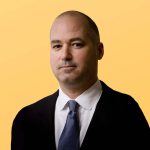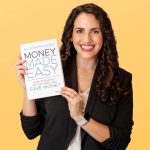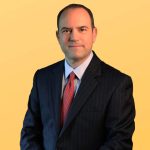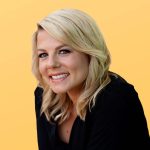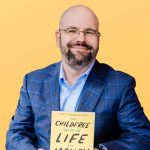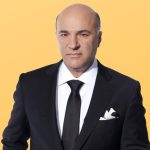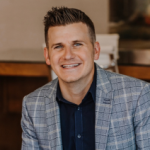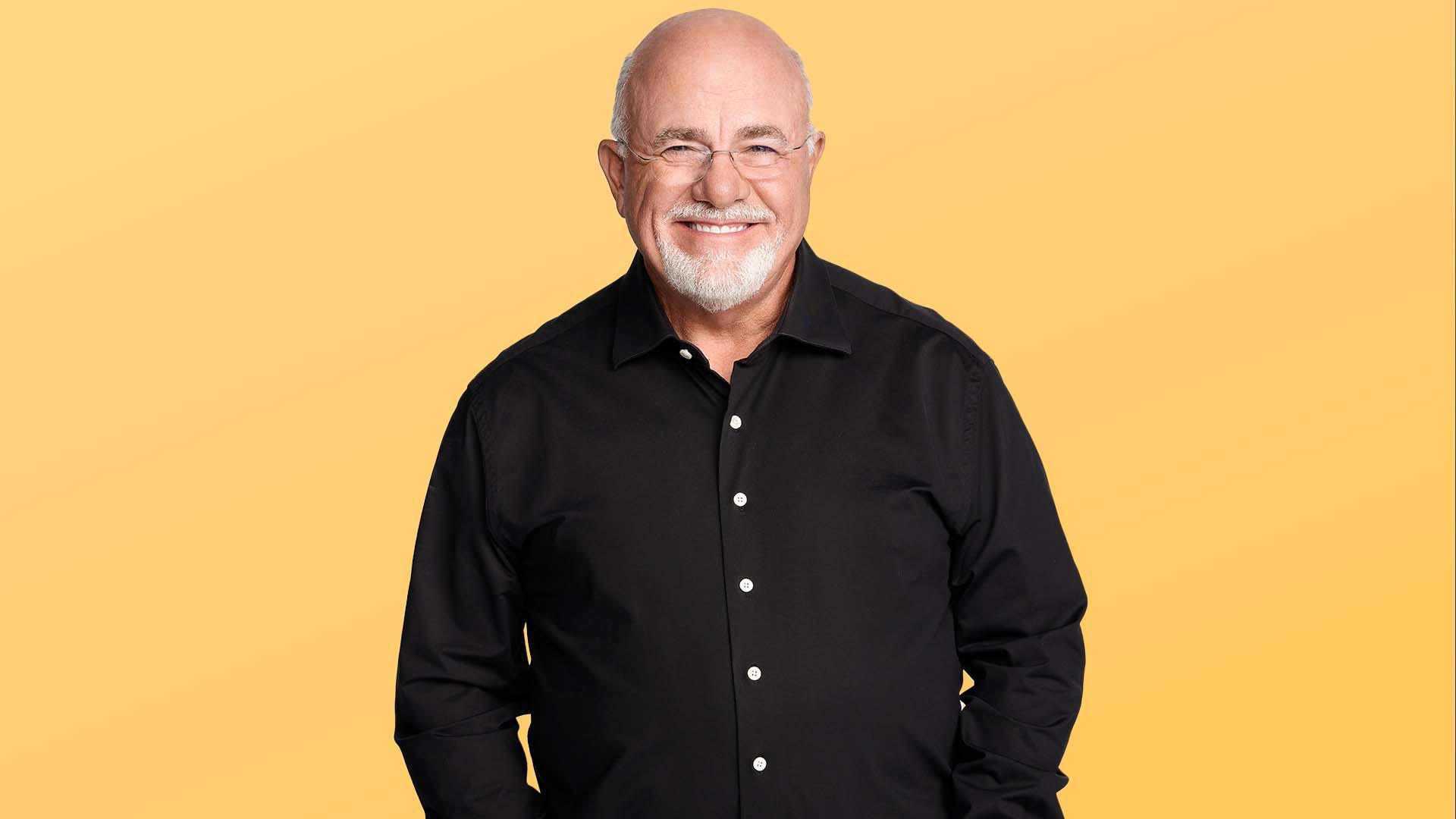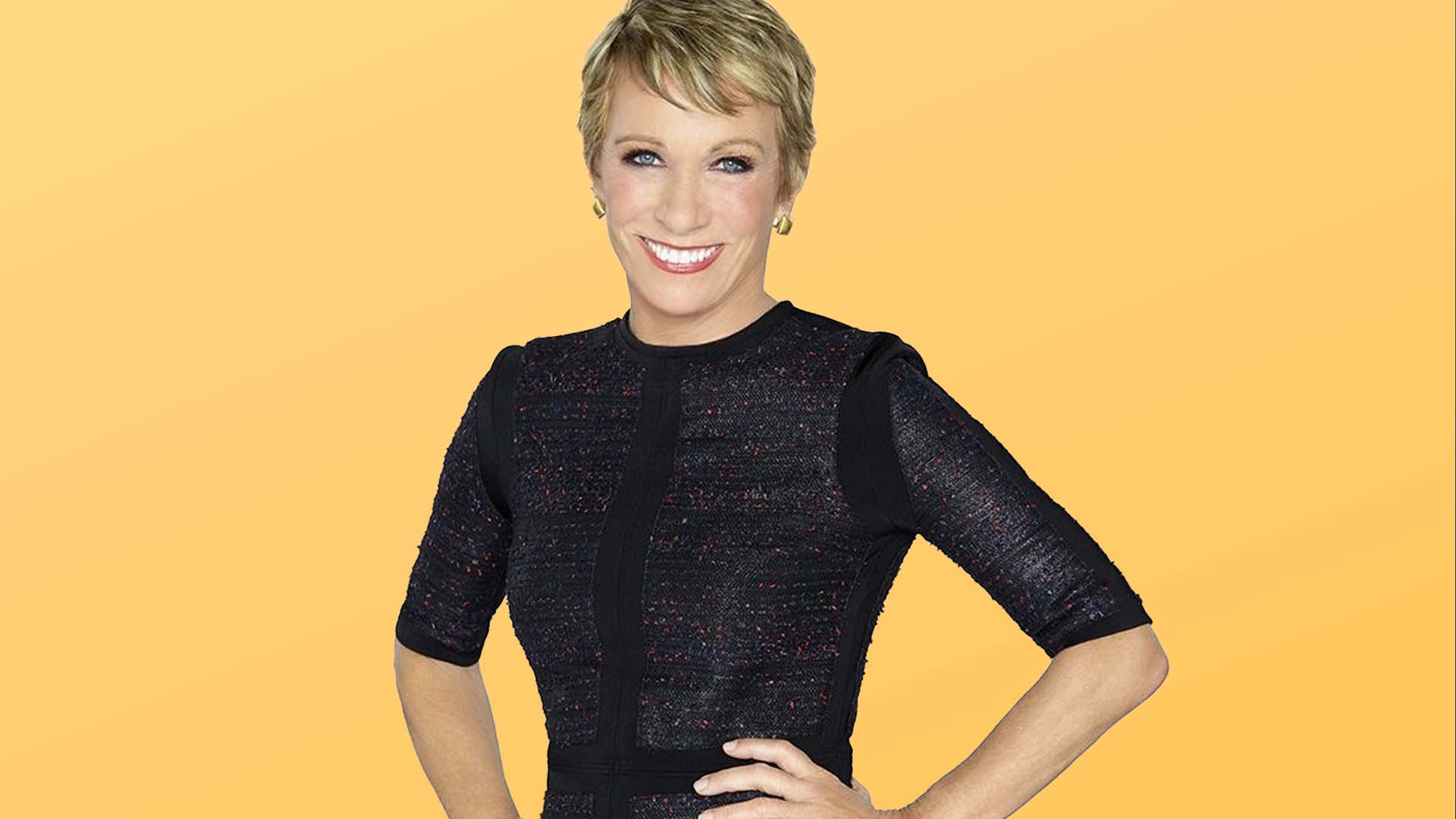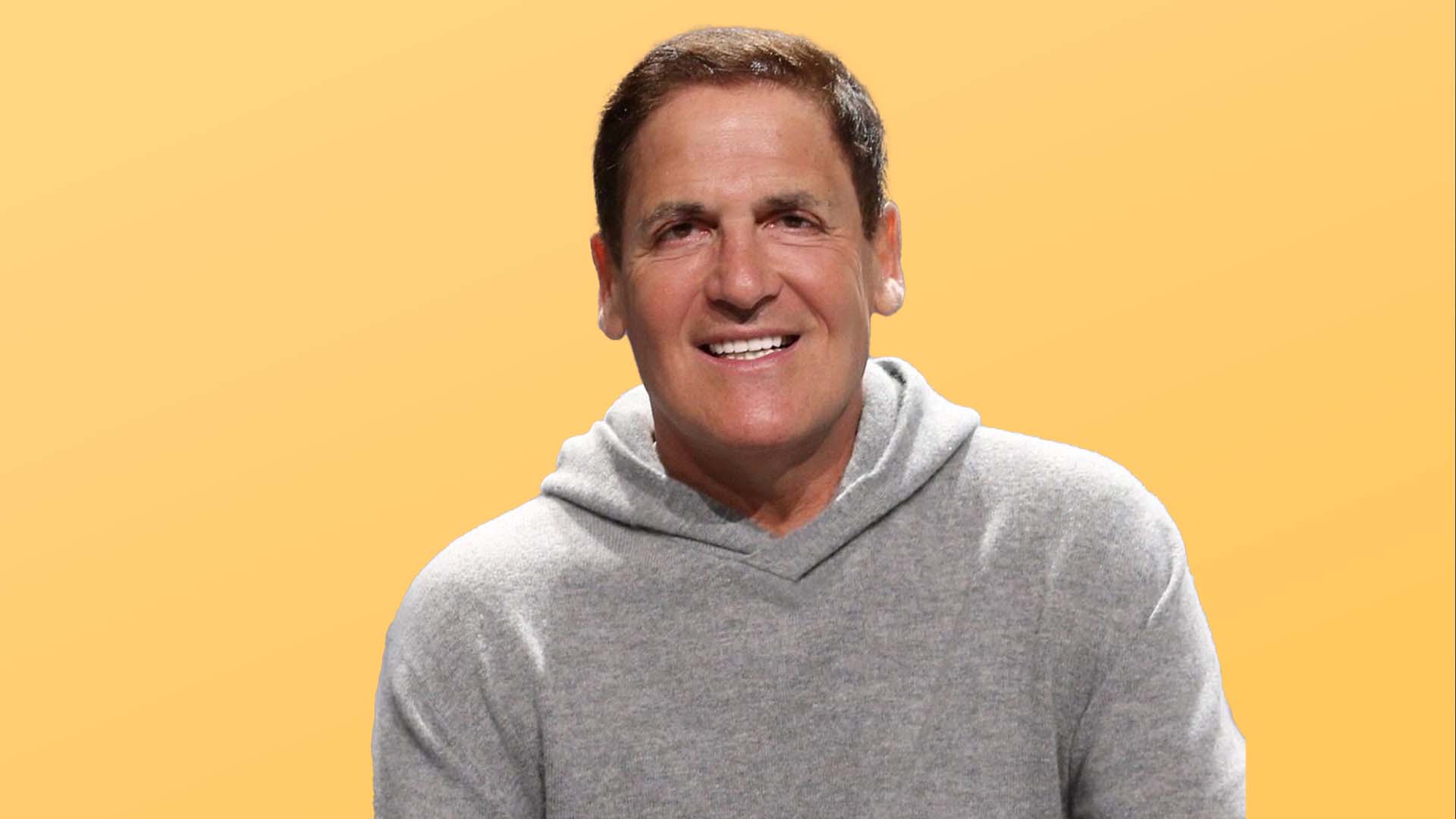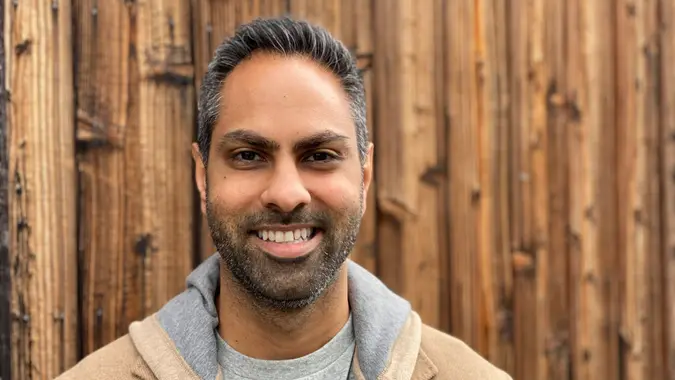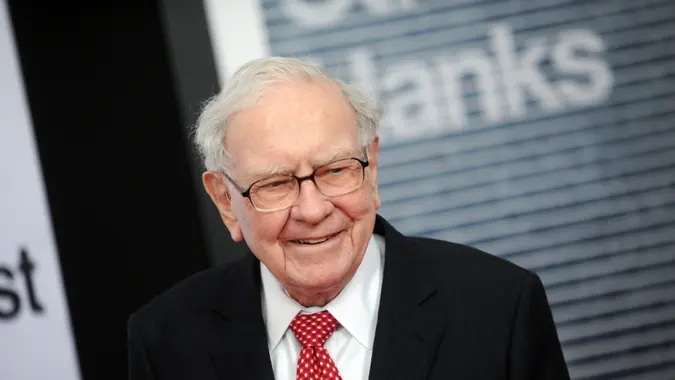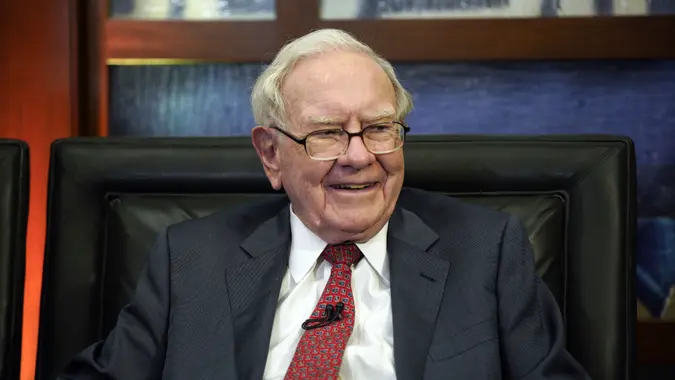5 Ways Financial Experts Would Use a $1 Million Windfall Right Now

Commitment to Our Readers
GOBankingRates' editorial team is committed to bringing you unbiased reviews and information. We use data-driven methodologies to evaluate financial products and services - our reviews and ratings are not influenced by advertisers. You can read more about our editorial guidelines and our products and services review methodology.

20 Years
Helping You Live Richer

Reviewed
by Experts

Trusted by
Millions of Readers
What would you do with a sudden $1 million windfall? GOBankingRates asked financial professionals how they’d use the cash, and their answers reveal smart, strategic moves anyone can learn from.
Here’s a look at where financial experts would put $1 million today.
Tax-Advantaged Accounts
Steven Rogé, CFP, CEO of R.W. Rogé & Company, Inc., said that he would “immediately move to lock in every tax-advantaged dollar the IRS allows.”
“I’d max out my Roth IRA via backdoor contribution if my income disqualifies me from direct contributions,” Rogé said. “Then I’d max my HSA contributions, treating it like a stealth Roth for future medical expenses.
“If my employer offers a 401(k) with after-tax contribution provisions and in-plan Roth conversions, I’d execute a mega backdoor Roth, potentially moving another $25,000 to $40,000 into tax-free territory, depending on my existing contributions and employer match.”
529 Plans
Financial professionals with children said that they would put as much money as allowed into 529 college savings plans.
“I’d immediately superfund both kids’ 529 plans,” Rogé said. “The IRS allows you to front-load five years’ worth of annual gift exclusions at once, meaning I could put $90,000 per child ($180,000 total) without triggering gift taxes or touching my lifetime estate exemption. If my spouse joins me, we could double that to $180,000 per child, so $360,000 total.”
AJ Schneider, financial strategist and founder of Beyond The Green, would also fully fund both of her daughters’ 529 plans.
High-Yield Savings Accounts or Money Market Funds
Rogé said that he would keep a portion of the money in liquid accounts, such as high-yield savings accounts or money market funds, to serve as an emergency fund.
“This [should be] three to six months of expenses, roughly $30,000 to $50,000 for most people,” he said. “Don’t skip this. Having cash available is what prevents you from selling stocks at the absolute worst moment, when your car breaks down or your roof decides to become a colander.”
Debt Repayment
Schneider would use a portion of the $1 million to pay off mortgage debt.
“I own my mom’s condo, and I would pay off the $87,000 mortgage,” she said.
Joe Corbett, principal and wealth advisor at Sax Wealth Advisors, said that putting windfall money toward debt repayment is a savvy move.
“Reducing debt may have positive long-term effects on your financial picture,” he said. “Paying off debt may also have a positive impact on your credit score, making it easier to finance or refinance your obligations and help in reducing costs like insurance.”
Diversified Investments
Rogé would put the majority of the $1 million windfall into investments.
“This is where the growth happens,” he said. “The remaining $450,000 to $550,000 goes into globally diversified equities, with roughly 80% in U.S. stocks, 20% in international developed markets, plus small strategic allocations to gold (3% to 5%) and managed futures (3% to 5%) for diversification. To round out the allocation, I’m including a 2% position in bitcoin as a long-term hedge against the debasement of fiat currencies.”
Robert R. Johnson, Ph.D., professor of finance at the Heider College of Business at Creighton University, would invest the entirety of the windfall.
“For the average individual who is under retirement age, I believe the best course of action is to invest the funds in a broadly diversified index of common stocks,” he said.
R.J. Weiss, CFP, CEO of The Ways to Wealth, would first “allow myself to spend about 1% to 2% on something short-term and meaningful, such as a family vacation, something for the house or a true bucket list experience” — and then he would invest almost all of the rest.
“Roughly 90% would go into a long-term, buy-and-hold diversified investment portfolio,” he said. “With markets near all-time highs, I’d likely spread the purchases out over several tranches, such as four equal investments over 90 days, to reduce timing risk.”
 Written by
Written by  Edited by
Edited by 



